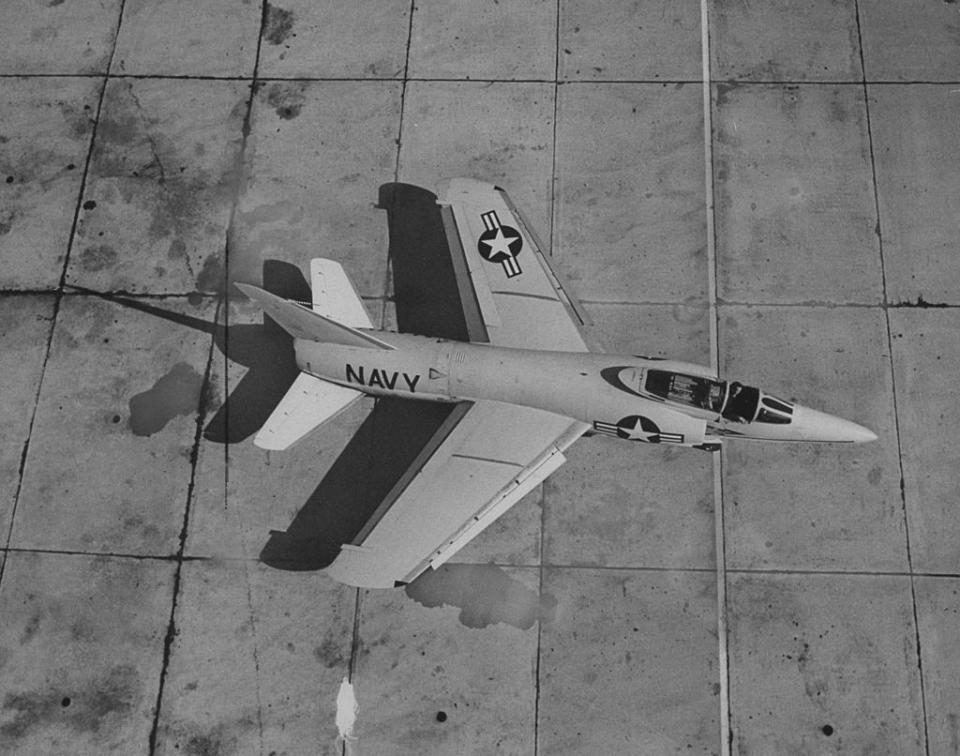Ever Hear the Tale of the F-11 Tiger? It's the Fighter Plane That Shot Itself Down
In 1956, the Grumman aircraft corporation was testing its new fighter, the F-11 Tiger, off the coast of New York state.
The pilot fired a long burst from its guns and moments later suffered mysterious, catastrophic damage that caved in the windshield and mortally wounded the engine.
What happened? The pilot had shot himself down.
The F-11 Tiger, like all Grumman aircraft, was named after a cat. Fast and nimble, the F-11 was only the second supersonic fighter in the Navy's inventory, capable of 843 miles per hour (Mach 1.1).
The plane was actually Grumman's first supersonic fighter, and the company's inexperience with the consequences of supersonic flight, as well as the fighter's amazing speed, would be one test Tiger's undoing.
✈ Our Favorite Hobby RC Planes
On September 21, 1956, as DataGenetics explains, a Grumman test pilot flying a Tiger off the coast of Long Island dropped his nose 20 degrees and pointed it at an empty spot of ocean. He fired a brief, four second burst from his four Colt Mk.12 20-millimeter cannons, entered a steeper descent, and hit the afterburners.
A minute later, his windshield suddenly caved in and his engine started making funny noises, eventually conking out as the pilot attempted to return to Grumman's Long Island airfield.

The test pilot had assumed he had been the victim of a bird strike, but the accident investigation revealed another cause: In his fast descent, the pilot had actually flown into his own stream of 20-millimeter cannon rounds.
Although the rounds had a head start (the air speed of the aircraft, plus the muzzle velocity of the rounds) they slowed quickly due to drag passing through the surrounding air. The rounds decelerated, the Tiger accelerated, and the two reunited in the sky, with fatal (for the aircraft) consequences.
The Tiger was totaled during the crash and the pilot, while severely injured, was able to return to flight status less than six months later. The Navy only purchased 200 Tigers, and withdrew them from service once faster, better planes like the F-8 Crusader and F-4 Phantom II entered the fray.
The Navy's Blue Angels flight demonstration team flew the F-11 Tiger until 1969.
🎥 Now Watch This:
You Might Also Like
